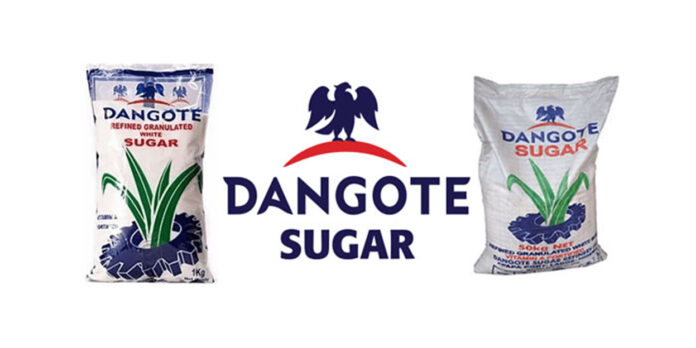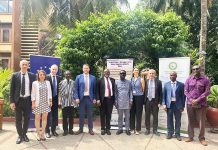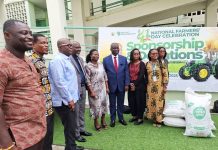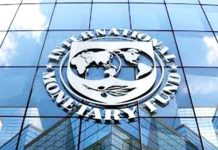The Bono East Regional Coordinating Council (BERCC) has entered into a strategic partnership with the Dangote Group to establish a state-of-the-art sugar factory.
The proposed greenfield sugar project boasts a daily crushing capacity of 12,000 tonnes and is slated to occupy around 25,000 hectares of land for sugar cane cultivation, using advanced irrigation systems.
The Bono East Regional Minister, Mr. Kwasi Adu-Gyan revealed this during the conclusion of the BERCC’s annual meeting for the year 2023 in Techiman.
Aiming to generate employment opportunities for the youth and contribute significantly to regional development, the project aligns with the government’s broader agenda of transforming the country’s industrial landscape, through the implementation of the “One District One Factory” policy.
Situated at Kwame-Danso, in the Sene West District of the region, the sugar factory would not only meet domestic and industrial sugar demands, but also to yield valuable by-products such as molasses, fuel-grade ethanol and food-grade water.
Mr. Adu-Gyan emphasised that the project is currently undergoing parliamentary ratification to establish the necessary legal and regulatory framework, with Parliament expected to include the sugar policy on its legislative agenda for prompt enactment into law.
Highlighting the broader impact of local sugar production, the regional minister envisioned the creation of agricultural and industrial jobs, fostering additional investments in commercial and industrial ventures that would contribute to the socio-economic development of the project area.
He urged Municipal and District Assemblies (MDAs) and the public to actively participate in the project’s initiation, citing its pivotal role in addressing unemployment challenges in the region and the nation as a whole.
Mr. Adu-Gyan called upon MDAs to uphold and enhance security measures in the region, particularly in areas requiring heightened attention to combat robbery and other security concerns that have plagued the region.
Sugar – history and facts
Sugar, used as a sweetener in food and beverages, is a sweet crystalline substance acquired from various plants, such as sugar cane and sugar beet. It is said that sugar had first been used in the Polynesian Islands more than five thousand years ago.
Early Polynesians discovered that sugar cane held a sweet-tasting liquid and could be used in preparing food. Sugar cane then became widespread due to trade, invasions and conquests. In 1493, Christopher Columbus brought sugar cane to the Caribbean and the crop thrived in the fertile environment.
Sugar production
In 2022/23, the world sugar production amounted to approximately 177 million metric tons. During this period, Asia was the largest sugar-producing region in the world, yielding almost 60 million metric tons of sugar. India, Thailand, and China were the region’s top sugar producers.
Sugar production in Brazil has fluctuated over the past five years. In 2015/2016, the country produced approximately 34.7 million metric tons of sugar.
However, this production was forecast to increase to roughly 42 million metric tons in 2023/24. In 2021, Brazil was the leading global sugar cane producer, with a production volume of 715.7 million metric tons. That year, Russia and France were the primary sugar beet producers worldwide
Ghana started producing sugar in the 60s at Asutsuare and Komenda. National sugarcane production increased substantially from 1966 (40,000 tons) to a peak in 1977 (270,000 tons), with highest yield of 53 tons occurring in 1973
. Both yield and production have declined and remained low since 1977. Sugar production in Ghana stopped in the early 80s, which coincides with the period that had the lowest production and yields since 1977.
After the collapse of the sugar factories, domestic sugarcane production shrunk dramatically and sugar import increased consistently.
Currently, annual total sugar imports to Ghana, is about 700,000 metric tons at a cost of nearly US$ 2 million.
In 2013, refined sugar was the second largest food commodity import to Ghana (after rice), in terms of quantity and the third largest food commodity in terms of value.
In 2016, the government of Ghana rebuilt and commissioned the Komenda Sugar Factory at a reported cost of US$ 35 million.
It was reported that the design capacity of the new Komenda Sugar Factory was 1,250 tons of sugarcane per day. Unfortunately, not much can be said about the factory today.









